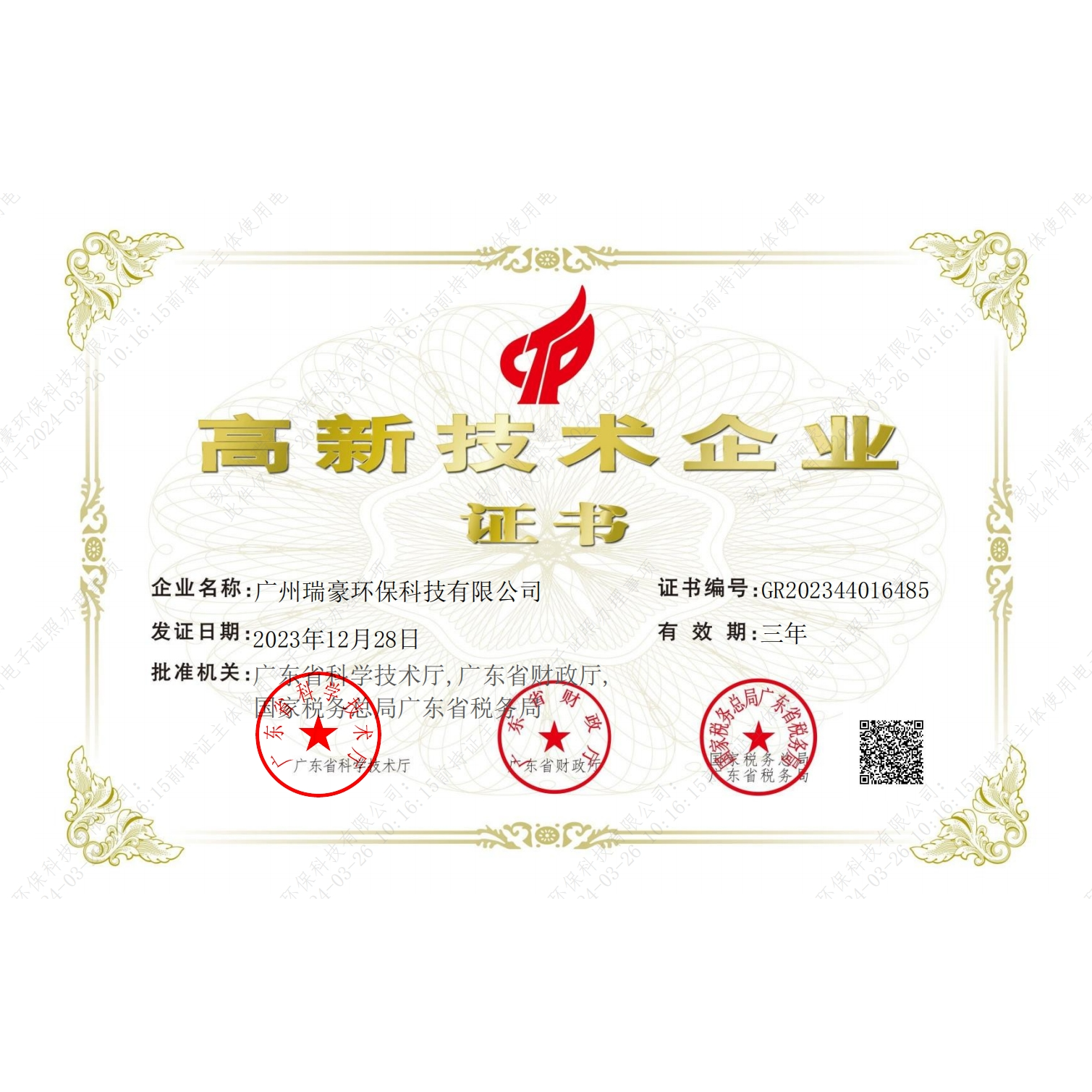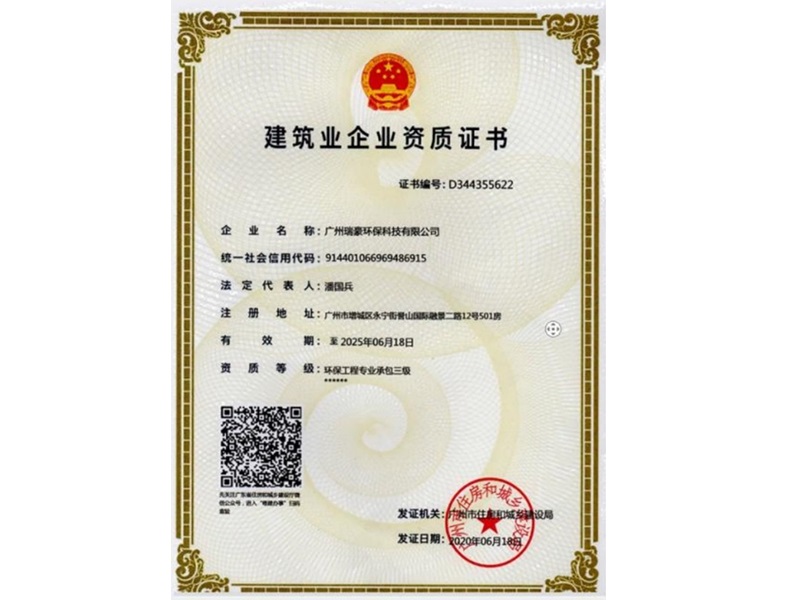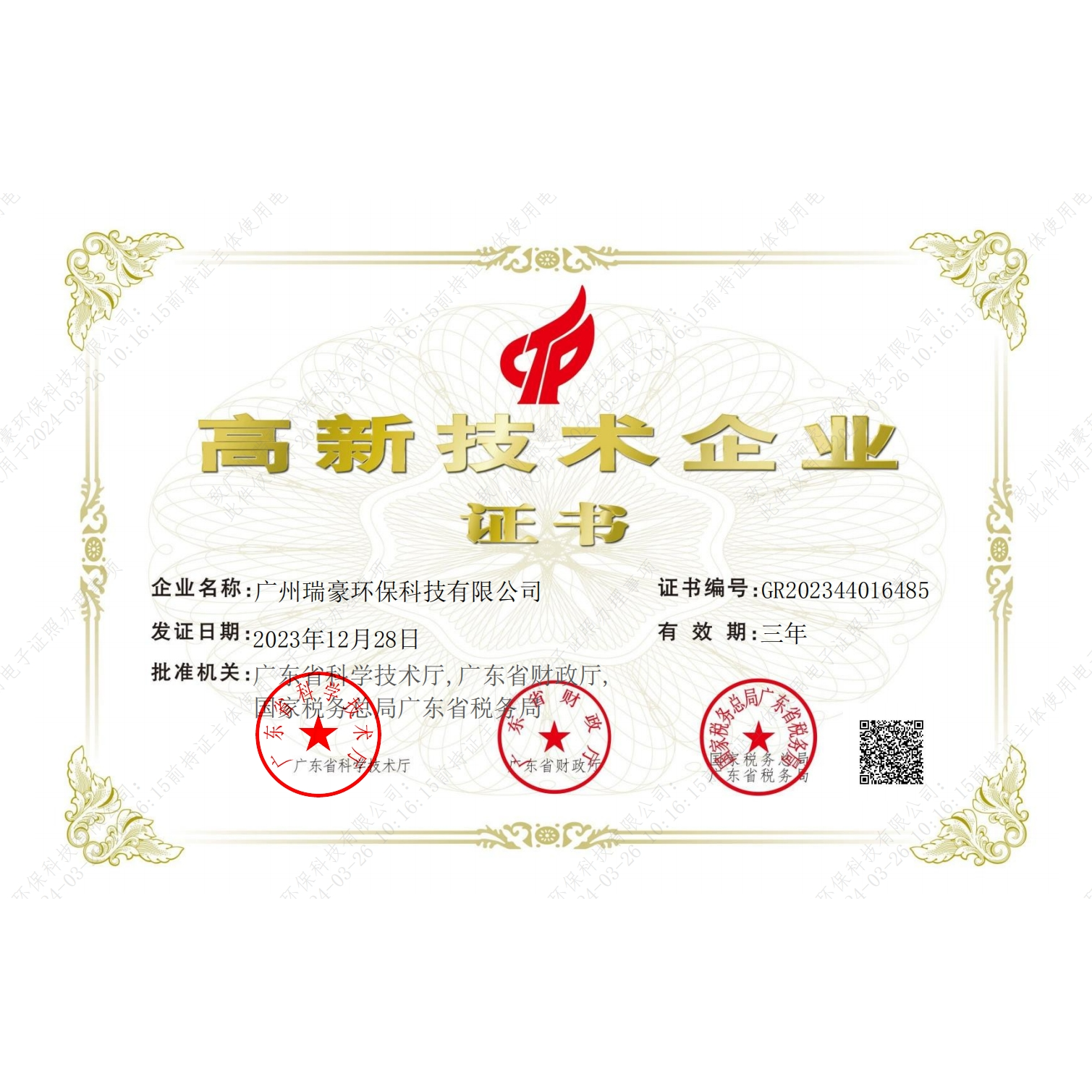In the process of industrial production, a large amount of waste water is produced. If this kind of wastewater is discharged immediately without treatment, it will cause serious effects on the environment and health. Therefore, industrial production wastewater can be discharged after treatment as far as possible.
Steps of industrial wastewater treatment:
(1) Pretreatment: It is highly likely that pretreatment will be required before the wastewater enters the critical pretreatment system software. Pretreatment is mainly to eliminate coarse particles of solids and impurities, in order to avoid the main pretreatment of the overall blockage. This may include filtration, stacking, air flotation equipment, etc.
2, physical treatment: physical method mainly by eliminating solids, oil and heat and other substances to adjust the physical characteristics of wastewater. More common physical methods include deposition, filtration, air flotation equipment, evaporation, etc.
3, chemical treatment: chemical treatment is to adjust the chemical properties of wastewater through chemical reactions. This may include melting, chemical reaction, chemical precipitation, chemical decomposition and other processes. That is also one of the common industrial wastewater treatment.
4. Biological treatment: Biological treatment uses microorganisms to dissolve organic matter levels to solve environmental pollutants in wastewater. This includes activated sludge method, biofilm reaction tank method, continuous fermentation biological treatment method, etc.
5, advanced treatment: advanced treatment needs to further eliminate pollutants in wastewater after biological treatment. This may include separation membranes (such as microfiltration, ultrafiltration devices, nanofiltration and roro reverse osmosis), advanced oxidation technologies (such as ozone oxidation, electrochemical oxidation, photocatalytic oxidation, etc.), and disinfection and sterilization.
6, discharge: According to the in-depth treatment of wastewater, after ensuring the discharge standards, it can be safely discharged into the environment. This may include discharges to surface water bodies, soil stratification or groundwater.
Different types of industrial wastewater still require different treatment methods, and the actual procedures are likely to vary depending on the type of wastewater and the composition of the contaminant. Therefore, in the implementation of industrial wastewater treatment, it is necessary to design and execute in combination with the actual situation.








